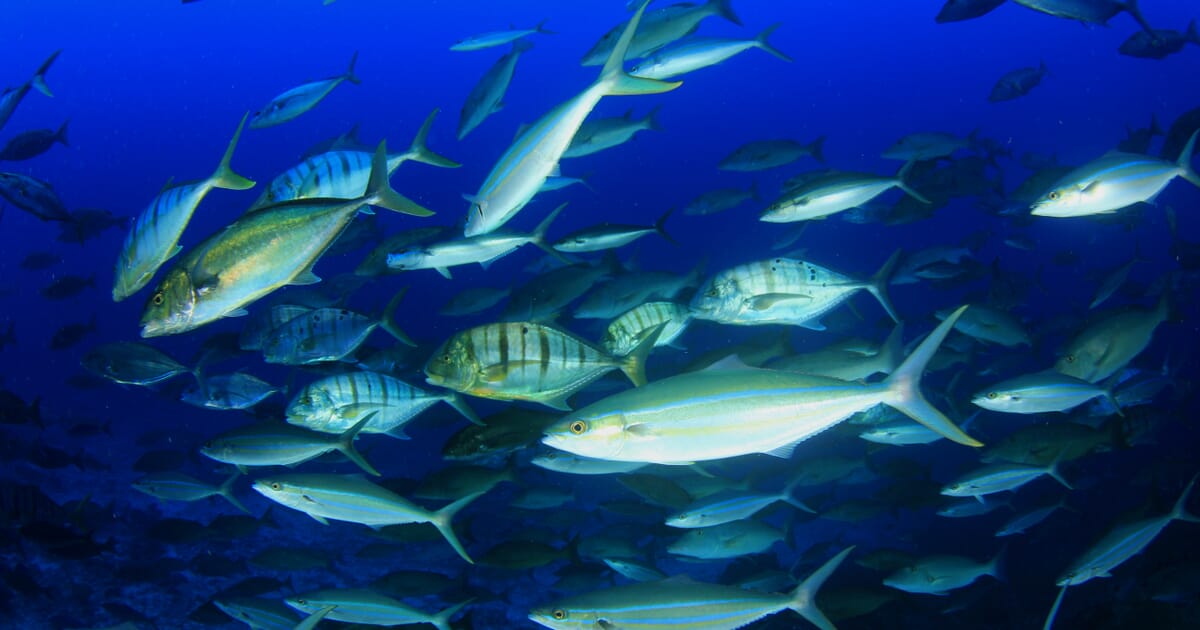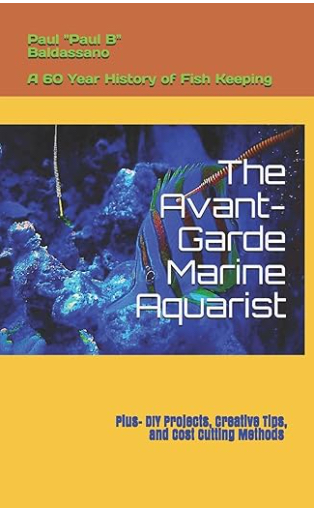I’ve had good results with dosing Phytoplankton and I recently decided to grow my own.
While dosing phyto my zoas and ricordeas were growing new polyps and splittling very quickly. And in my newest tank, the golden algae that I was battling and scrubbing off of the rock work for months disappeared after dosing phyto for a week or two and it hasn’t come back since.
I ran out of phyto about 2 months ago and the zoa growth is slow even though I dose amino acids.
Noise from a loud air pump has always been the barrier for having a phyto station upstairs. Recently, I found a silent air pump being sold for fresh water tanks. I ordered one and surprisingly, this air pump is completely silent unless you put your ear nearby. There is still some noise from the air bubbles hitting the plastic bottle but the air pump and bubble noise has been other half approved!
Note that this is not a guide, but just my experience with growing phyto.
The setup:
Silent air pump
New airline tubing
New air stone
Rinsed 3 L water bottle
F2 phyto fertilizer
16 oz bottle of phyto from Acro Garden



The process:
Fill up the 3 L bottle about 2/3 full with new, clean saltwater.
Add 8 oz of phyto to the bottle
Add F2 fertilizer per the dosage instructions
Drill a small hole in the water bottle cap for the airline tubing
Place airline tubing and air stone into the bottle
Connect tubing to air pump
Add a light on a timer
Run the light for 16 hours a day
Gently swirl the bottle once or twice a day to keep phyto suspended
Wait for 5-6 days for the phyto to turn dark green
The results:
The left bottles are the phyto after 5-6 days. The right 3 L bottle is a new culture with 4 oz of phyto. The 16 oz bottle is the original phyto from Acro Garden after being diluted twice.

Under a microscope:

While dosing phyto my zoas and ricordeas were growing new polyps and splittling very quickly. And in my newest tank, the golden algae that I was battling and scrubbing off of the rock work for months disappeared after dosing phyto for a week or two and it hasn’t come back since.
I ran out of phyto about 2 months ago and the zoa growth is slow even though I dose amino acids.
Noise from a loud air pump has always been the barrier for having a phyto station upstairs. Recently, I found a silent air pump being sold for fresh water tanks. I ordered one and surprisingly, this air pump is completely silent unless you put your ear nearby. There is still some noise from the air bubbles hitting the plastic bottle but the air pump and bubble noise has been other half approved!
Note that this is not a guide, but just my experience with growing phyto.
The setup:
Silent air pump
New airline tubing
New air stone
Rinsed 3 L water bottle
F2 phyto fertilizer
16 oz bottle of phyto from Acro Garden



The process:
Fill up the 3 L bottle about 2/3 full with new, clean saltwater.
Add 8 oz of phyto to the bottle
Add F2 fertilizer per the dosage instructions
Drill a small hole in the water bottle cap for the airline tubing
Place airline tubing and air stone into the bottle
Connect tubing to air pump
Add a light on a timer
Run the light for 16 hours a day
Gently swirl the bottle once or twice a day to keep phyto suspended
Wait for 5-6 days for the phyto to turn dark green
The results:
The left bottles are the phyto after 5-6 days. The right 3 L bottle is a new culture with 4 oz of phyto. The 16 oz bottle is the original phyto from Acro Garden after being diluted twice.

Under a microscope:




